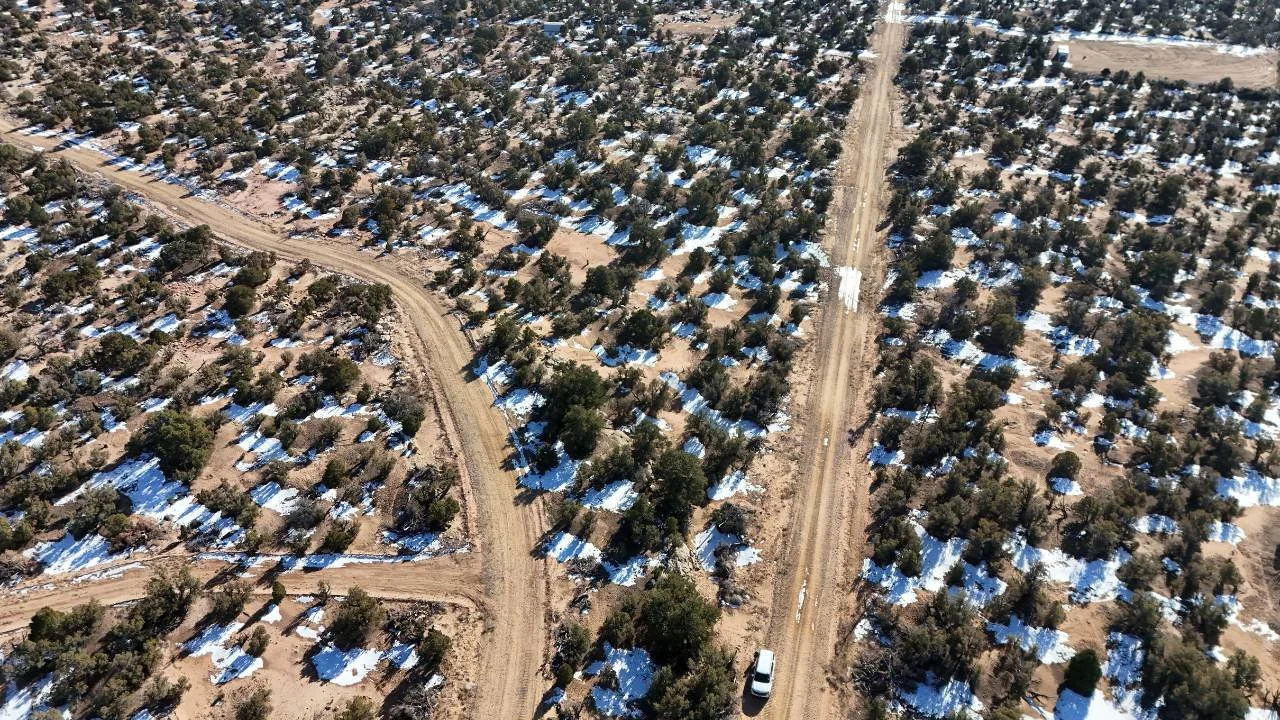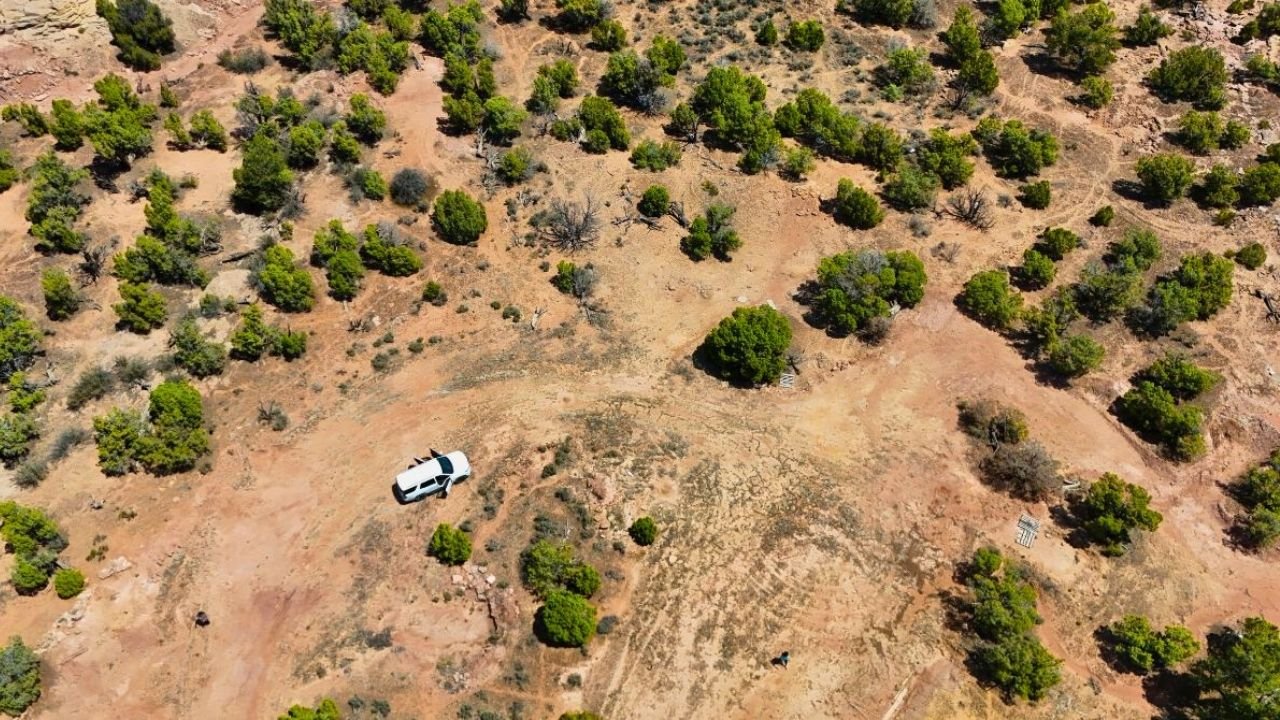10 Ultimate Reasons Utah Land Prices Are So Affordable
Why Utah Land Prices Stand Out
Utah’s real estate market has seen big growth, but land prices in rural counties are still far more affordable than homes or urban lots. Buyers often ask us why—and the truth is, affordability comes from a mix of geography, zoning, and long-term supply. Here are ten clear reasons Utah land prices remain accessible.
1. Vast Rural Supply
Utah is the 13th largest state in the U.S., with millions of acres of undeveloped land. Wide supply keeps pressure off prices compared to more crowded states.
2. Zoning Flexibility
Many counties use A-5 zoning, which means parcels are sold in larger tracts. That keeps land affordable on a per-acre basis.
3. Lower Population Density
Outside the Wasatch Front, population density drops sharply. With fewer buyers competing, rural counties see less price inflation.
4. Infrastructure Gaps
Parcels without power lines, paved roads, or water hookups are cheaper up front, even if they’re usable with off-grid systems later.
5. Water Rights Variation
Utah’s water rights system adds value to some parcels but keeps others lower in price if rights aren’t included.
6. Agricultural and Grazing Land
Large tracts are still used for farming and ranching. Since income from ag land is modest, those parcels trade at lower values per acre.
7. Distance from Metro Areas
The closer you are to Salt Lake or Provo, the higher the cost. Head east into Duchesne, San Juan, or Uintah, and prices drop significantly.
8. Seasonal Access Parcels
Some land is only accessible in summer or fall. Seasonal roads lower costs compared to year-round county-maintained access.
9. Development Barriers
Permitting, slope, and soil challenges limit what can be built, keeping prices down for buyers willing to adapt.
10. Long-Term Investment Nature
Because many parcels are held for recreation, family retreats, or future use, demand is steadier—not spiking like suburban housing markets.
Final Thoughts
Utah land is affordable not because it lacks value, but because rural supply and practical zoning keep prices grounded. For buyers who want acreage, recreation, or a long-term hold, these factors create opportunities you won’t find in many Western states.



